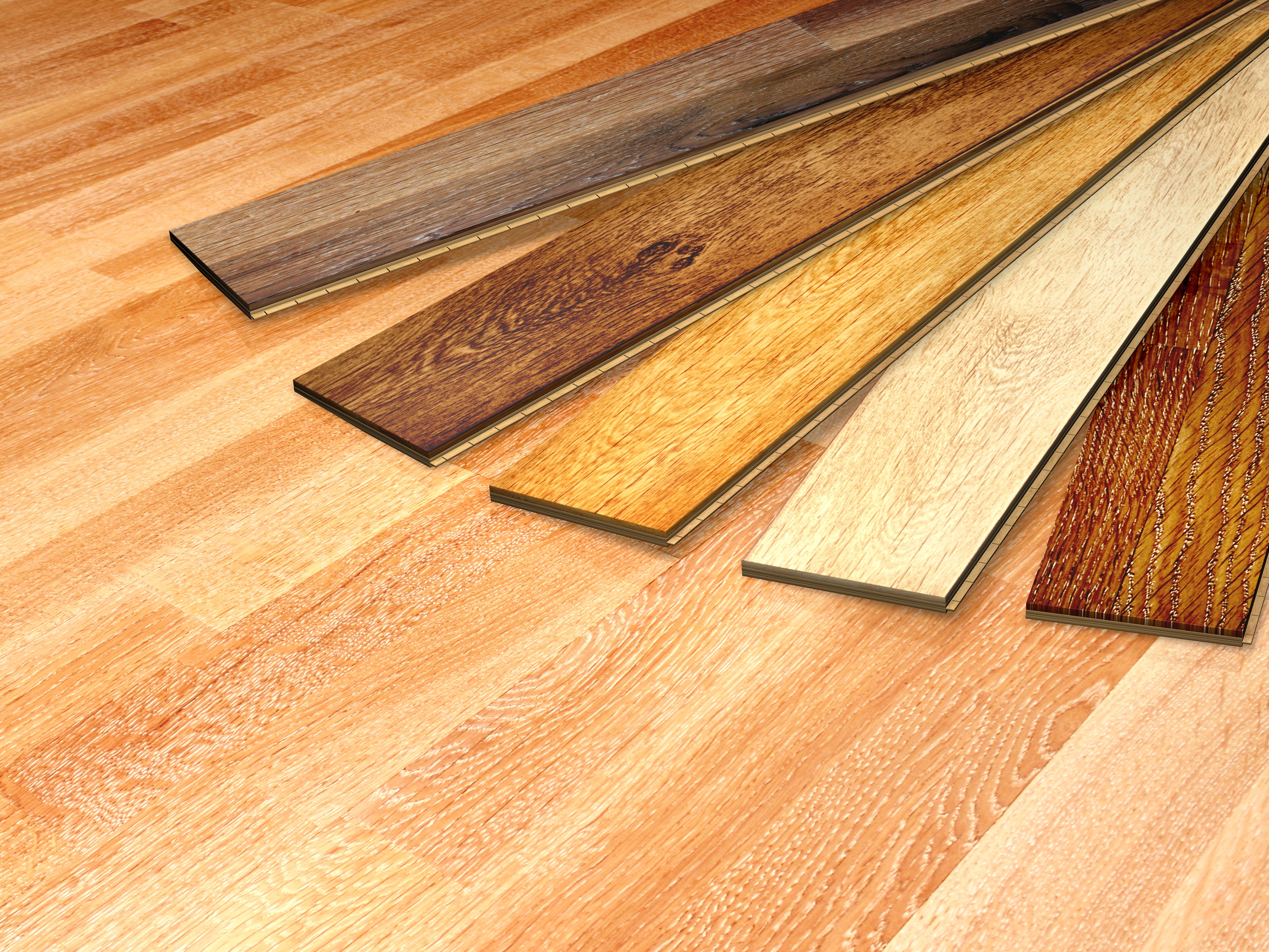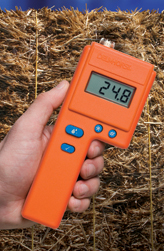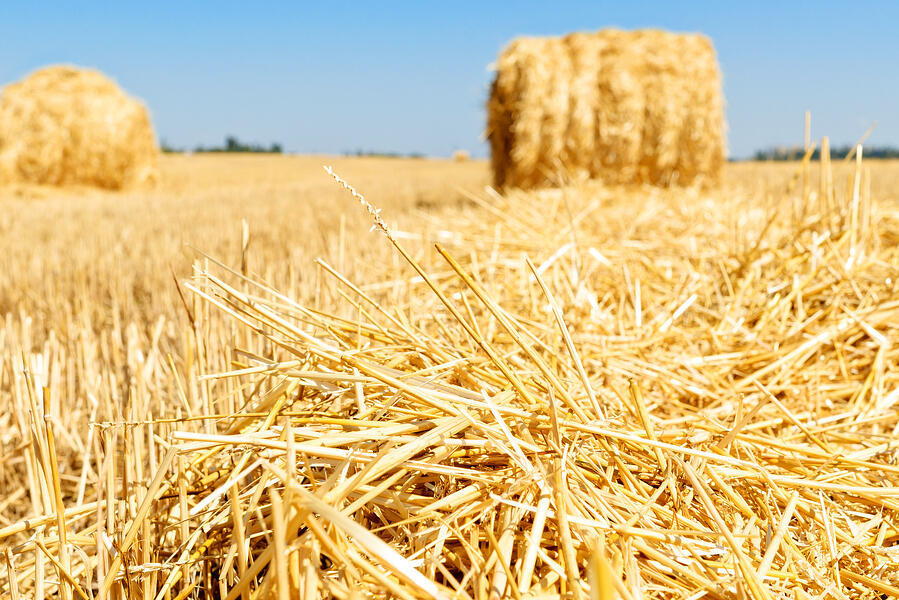The Difference Between Wood & Concrete Flooring Moisture Meters

Moisture is a constant concern for contractors installing any kind of flooring system. However, because of the basic differences between wood and concrete, there are some differences between the moisture meters for wood and concrete flooring.
The biggest difference between moisture meters for wood and moisture meters for concrete is that:
Wood Meters Can Give Quantitative Readings, Concrete Meters Give Qualitative Readings
One of the biggest differences in moisture meters for wood and moisture meters for concrete is that wood meters can provide quantitative measurements of moisture content, while concrete meters can only provide qualitative readings.
A quantitative reading is a measurement of the moisture content of flooring that can be expressed as a %MC. Qualitative readings are an approximation of moisture in a material compared to some other reference point, and are expressed as a number that doesn’t correlate to actual percent moisture content.
Why can wood moisture be determined quantitatively while concrete moisture cannot be? The short answer is that the physical properties of wood are predictable and repeatable based on the wood sample’s species, while the physical properties of concrete are not.
Moisture meters can use two different methods to determine moisture content:
- Electrical Resistance. Pin meters pass an electrical current between two electrodes and calculate the percentage of water present based on the amount of resistance to the electrical current. More water = less resistance; less water = higher resistance. The moisture meter is actually measuring the electrical resistance of the material and the reading is then converted to %MC.
- Electromagnetic Waves. Pinless meters use this method to scan materials for the presence of water based on fluctuations in the wave. For accuracy, the specific gravity (SG) of the material being tested needs to be known.
Even though there are hundreds of species of wood, the physical properties of each are known, and remain mostly constant within each species. This makes it easy to correct moisture content readings for each species of wood.
Concrete, on the other hand, has many variations of materials, mixing methods, and more that can alter the electrical conductivity and the density of the mix. Because it’s impossible to account for all of these differences precisely, a moisture meter cannot be calibrated to provide quantitative readings in concrete.
The Uses of Wood and Concrete Meters
Because wood meters can give an accurate and objective measurement of the moisture content of flooring, they’re useful for making sure that wood is at its EMC (equilibrium moisture content) prior to installation and verifying that no moisture problems are present throughout all stages of the installation process.
Concrete meters are useful for spotting moisture issues near the surface of a concrete slab just prior to installing flooring systems above the slab or applying a sealant or paint. Readings taken with a concrete moisture meter must be viewed only as a preliminary testing method that contractors can use to see if further tests are needed.
For contractors looking to gain more accurate and detailed information about the moisture conditions deep inside a slab of concrete, the ASTM F2170 test method is required. This testing method uses thermo-hygrometers with in-situ probes to monitor the relative humidity conditions deep in the slab—which is a more valuable data point for estimating if concrete is ready to be built on.
To get the best results on a flooring installation job and prevent issues that result in callbacks, contractors need to use the right tools for the right situations.
Get insights into how to use moisture meters for flooring systems by checking out Delmhorst’s Flooring Guide, or contact Delmhorst today!
Subscribe to Our Blog
Post Related

Quick Tips for Measuring Moisture in Hay


